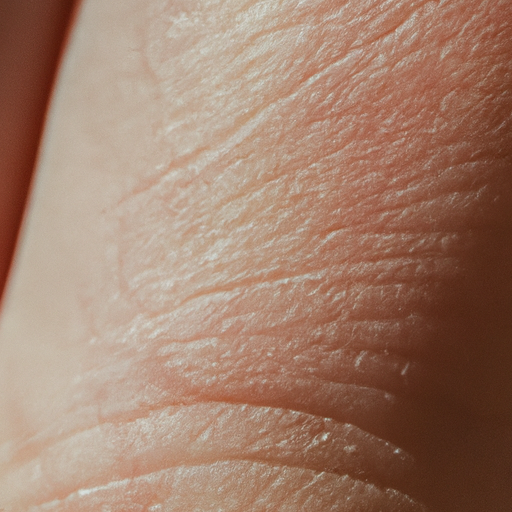As a medical professional, I often encounter patients with a common yet often misunderstood condition: dry skin. Dry skin, or xerosis cutis, is a condition characterized by a lack of appropriate moisture in the skin. It can manifest as itching, scaling, and even cracking of the skin. This article aims to provide a comprehensive guide to diagnosing and treating this prevalent condition.
Dry skin can be caused by various factors, including environmental conditions, aging, underlying health issues, or improper skincare routines. Cold weather, low humidity, and excessive use of harsh soaps or hot water can strip the skin of its natural oils, leading to dryness. Aging also plays a significant role as our skin naturally loses moisture and elasticity over time. Certain medical conditions like diabetes, hypothyroidism, and atopic dermatitis can also cause dry skin.
Diagnosing dry skin is typically straightforward. As a doctor, I usually rely on a physical examination and a detailed discussion about the patient’s symptoms, lifestyle, and medical history. In some cases, if an underlying condition is suspected, further tests may be required.
Once diagnosed, the next step is treatment. The goal is to replenish the moisture in the skin and address any underlying causes. Here are some recommended strategies:
1. Moisturize Regularly: The first line of defense against dry skin is regular moisturization. Opt for creams or ointments over lotions as they are more effective at trapping moisture in the skin. Apply moisturizer immediately after bathing to lock in moisture.
2. Use Gentle Skincare Products: Avoid soaps and skincare products that contain alcohol, fragrances, or other harsh chemicals that can strip the skin of its natural oils. Instead, choose mild, fragrance-free cleansers and skincare products.
3. Modify Your Bathing Routine: Hot water can be drying to the skin. Instead, use warm water and limit your baths or showers to 10-15 minutes.
4. Use a Humidifier: In dry climates or during winter months, a humidifier can help by adding moisture to the air, which can help prevent your skin from drying out.
5. Stay Hydrated: Drinking plenty of water can help keep your skin hydrated from the inside out.
6. Seek Medical Advice: If your dry skin persists despite your best efforts, or if it is accompanied by other symptoms such as redness, swelling, or infection, it is important to seek medical advice.
In conclusion, dry skin is a common condition that can often be managed with simple lifestyle changes and proper skincare. However, persistent or severe dry skin may be a sign of an underlying medical condition that requires professional medical attention. As a doctor, my advice is to listen to your skin. It’s often the first place where signs of internal problems show up. Remember, healthy skin is a reflection of overall wellness.



